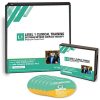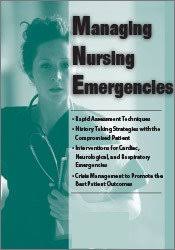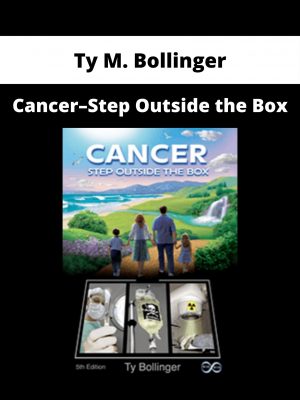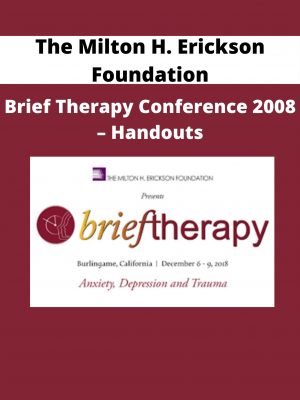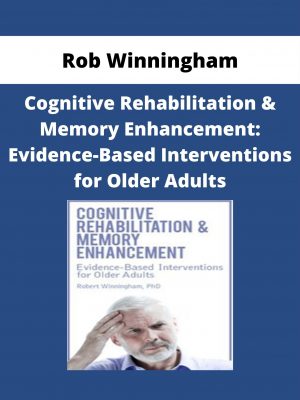Tracy Shaw – Managing Nursing Emergencies
$219 Original price was: $219.$62Current price is: $62.
Shopping Instructions:
- DISCOUNT 15% : SHOP15
- Product Delivery: Within 1 – 12 hours after purchase.
Available for Pre-Order. This product will be available within a few days.
Tracy Shaw – Managing Nursing Emergencies
Description:
- Rapid Assessment Techniques
- History Taking Strategies with the Compromised Patient
- Interventions for Cardiac, Neurological, and Respiratory Emergencies
- Crisis Management to Promote the Best Patient Outcomes
Managing Nursing Emergencies teaches you skills to increase your confidence for those emergency events that can happen to any nurse, on any floor when working with patients. Subtle signs and changes in a patient’s condition can mean the difference between a crashing patient and a stable patient.
Join expert, Tracy Shaw, and learn the essential skills to identify these subtle changes in a patient’s condition in order to intervene in an emergency in any healthcare setting.
Leave this seminar with the skills you need to respond with confidence to the next nursing emergency you encounter.
OUTLINE
Identify the Red Flags
- Triage: Every Nurse Needs It
- Identify red flags in patient presentation
- Critical thinking
- Advanced identification skills
- Prioritizing patient acuity
- Identify red flags in patient presentation
- Rapid Assessment and Medical History Techniques
- Triangle Triage
- ABCD Assessment in Less than 10 Seconds
- The importance of asking the right questions to get the most important info
- Quick and Thorough Rapid Assessments
- General
- Neurological
- Cardiovascular
- Pulmonary
- Psychosocial
Neurological Emergencies
- Prevention, Presentation, Action for:
- Intracranial pressure: Concepts of volume and pressure
- Malignant headache
- Cerebrovascular accident (CVA)
- Delirium
- Autonomic dysreflexia
Cardiac Emergencies
- Prevention, Presentation, Action for:
- “I’m having chest pain…”
- Acute coronary syndromes
- Ischemia: Stable vs. unstable
- Non-STEMI
- STEMI
- Heart failure
- Pulmonary embolism
Pulmonary Emergencies
- Prevention, Presentation, Action for:
- Respiratory failure
- COPD: Emphysema and chronic bronchitis
- Acute Respiratory Distress Syndrome (ARDS)
Endocrine Emergencies
- Prevention, Presentation, Action for:
- Diabetic Ketoacidosis (DKA)
- Hypoglycemia
Fluid Imbalance/Circulatory Emergencies
- Prevention, Presentation, Action for:
- Sepsis
- SIRS to Septic Shock
- Hemorrhage and Delayed Hemorrhage
- Shock
- Delayed Hemorrhage in Trauma
- GI Bleeds
- Abdominal Aortic Aneurysm
- Compartment Syndromes
- Extremity
- Abdominal
Would you like to receive Tracy Shaw – Managing Nursing Emergencies ?
OBJECTIVES
- Describe two types of rapid assessment techniques and how to employ them for the best results during a patient emergency.
- Discuss techniques for getting critical information during a rapid patient assessment.
- Review components of a quick but thorough patient assessment with emphasis on evaluation of neurological, cardiac, pulmonary and psychosocial systems.
- Recognize EARLY assessment findings in clinical syndromes that may progress rapidly and cause life-threatening conditions.
- Review volume and pressure concepts as they relate to intracranial pressure, linking these concepts to clinical correlates in patients with neurological emergencies.
- Discuss hemodynamic concepts related to shock states.
- Discuss presentations, assessment findings and nursing actions for specific neurological, cardiac, respiratory, endocrine and fluid imbalance emergencies.
- Explore the philosophy of patient- and family-centered care, and how this philosophy can be incorporated into care of the critically ill patient.
Related products
HEALTH & MEDICAL
HEALTH & MEDICAL
Regina Meredith – Conscious Media Network with Regina Meredith – Eric Pearl on The Reconnection
HEALTH & MEDICAL
HEALTH & MEDICAL
HEALTH & MEDICAL
Gaia—Creating-High-Voltage-Health-with-Glenn-Streeter-Open-Minds
HEALTH & MEDICAL
Dr Heidi M Crocker – Yoga Alignment | Speaker: Heidi Crocker EdD, DC


